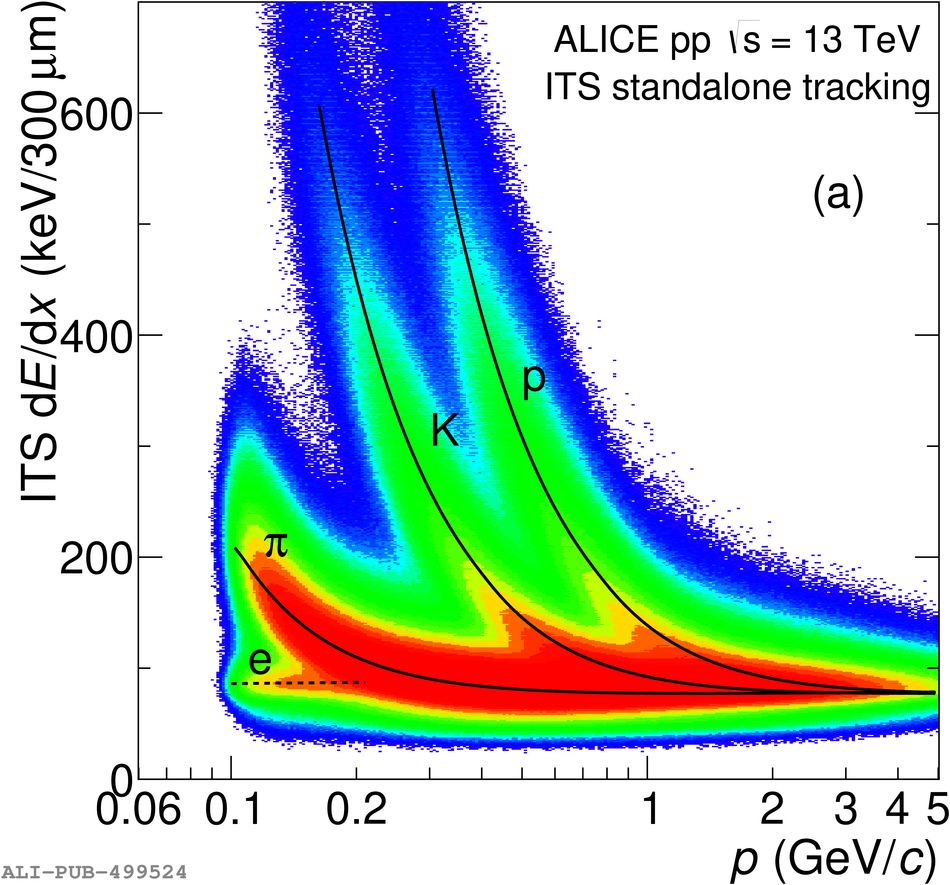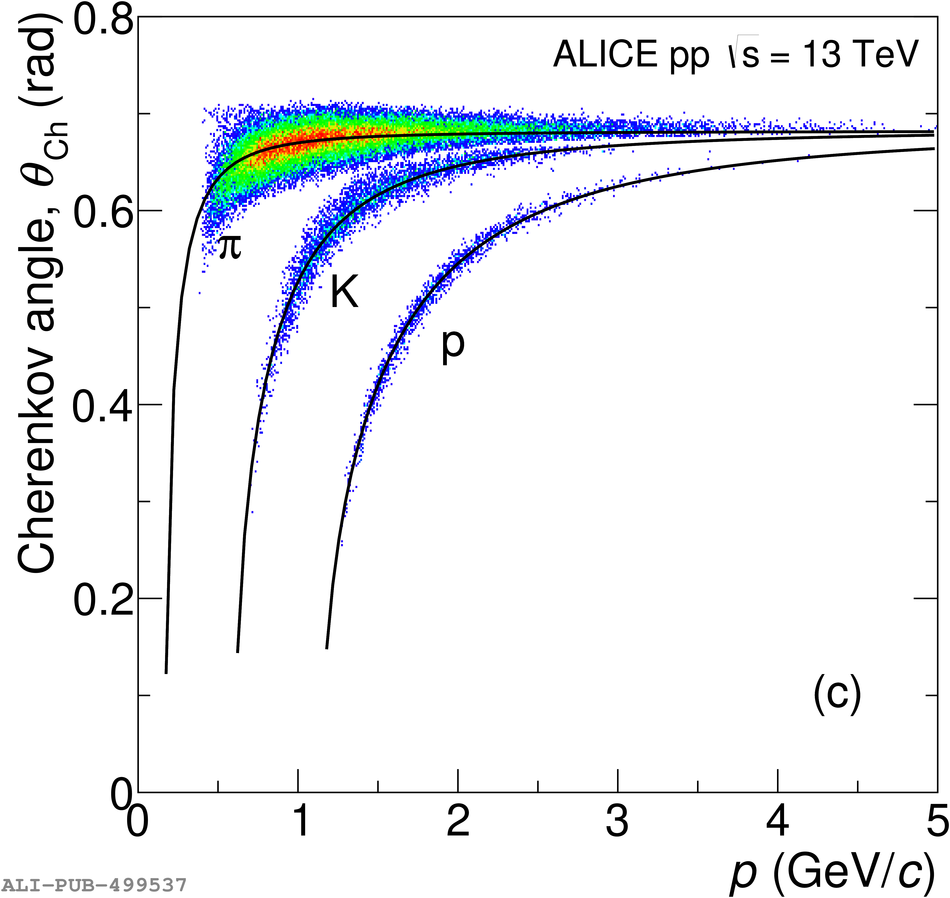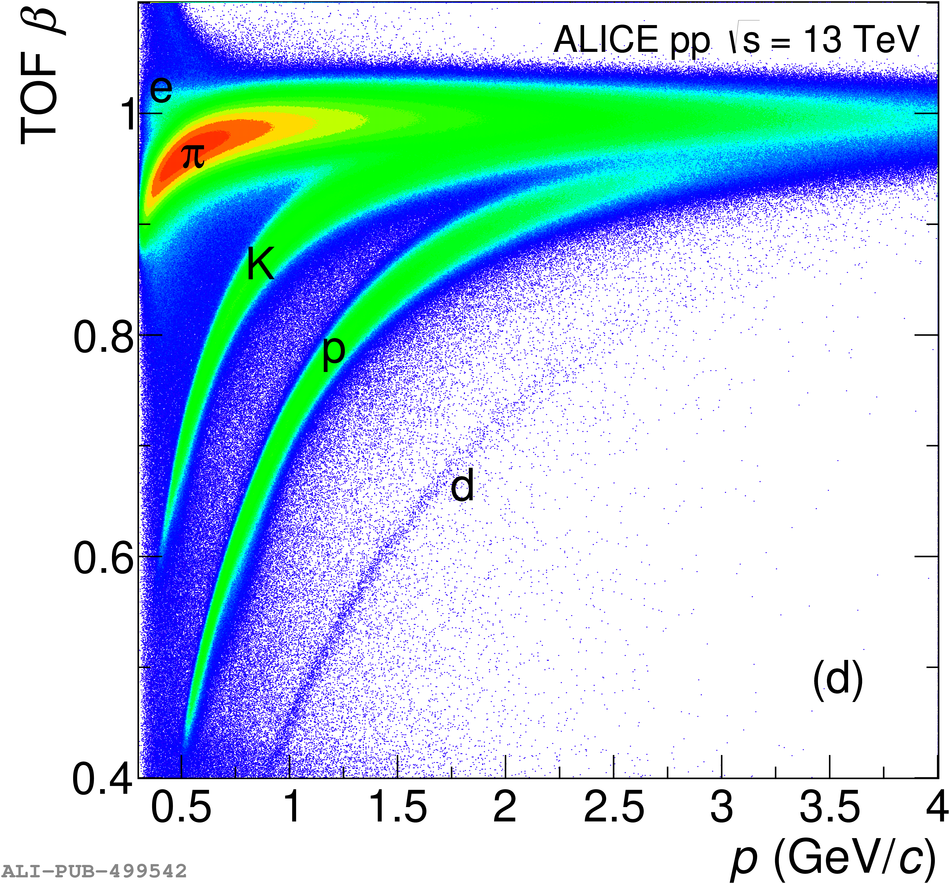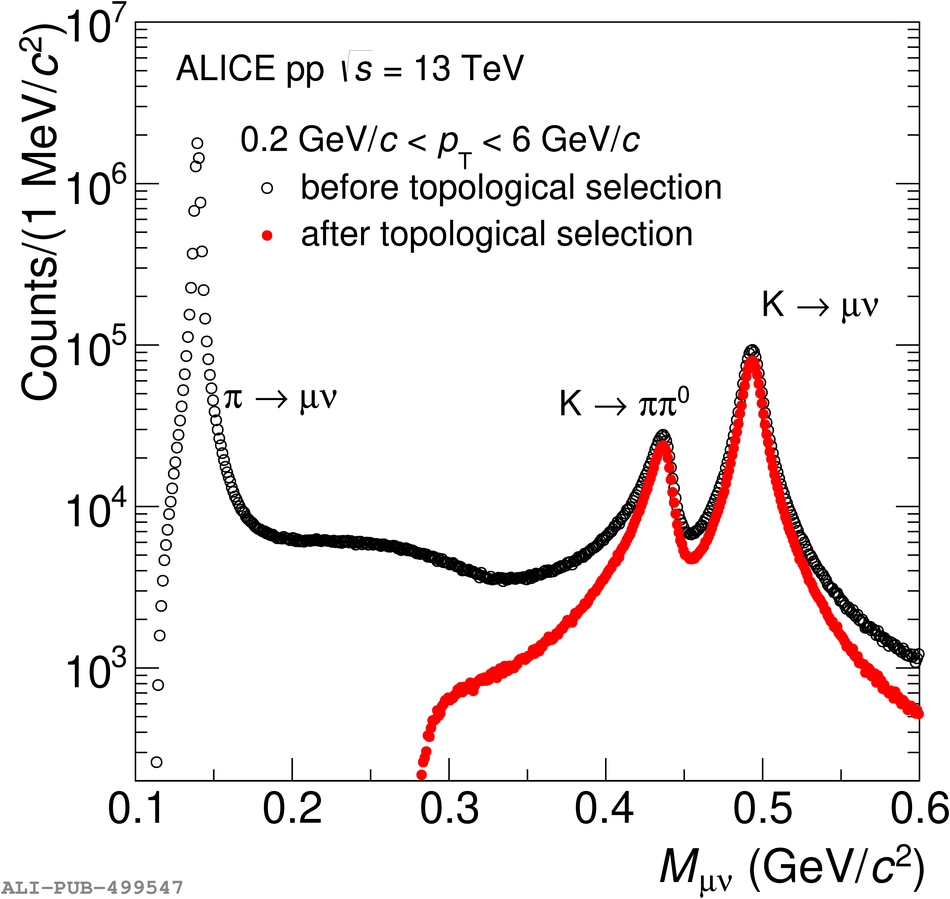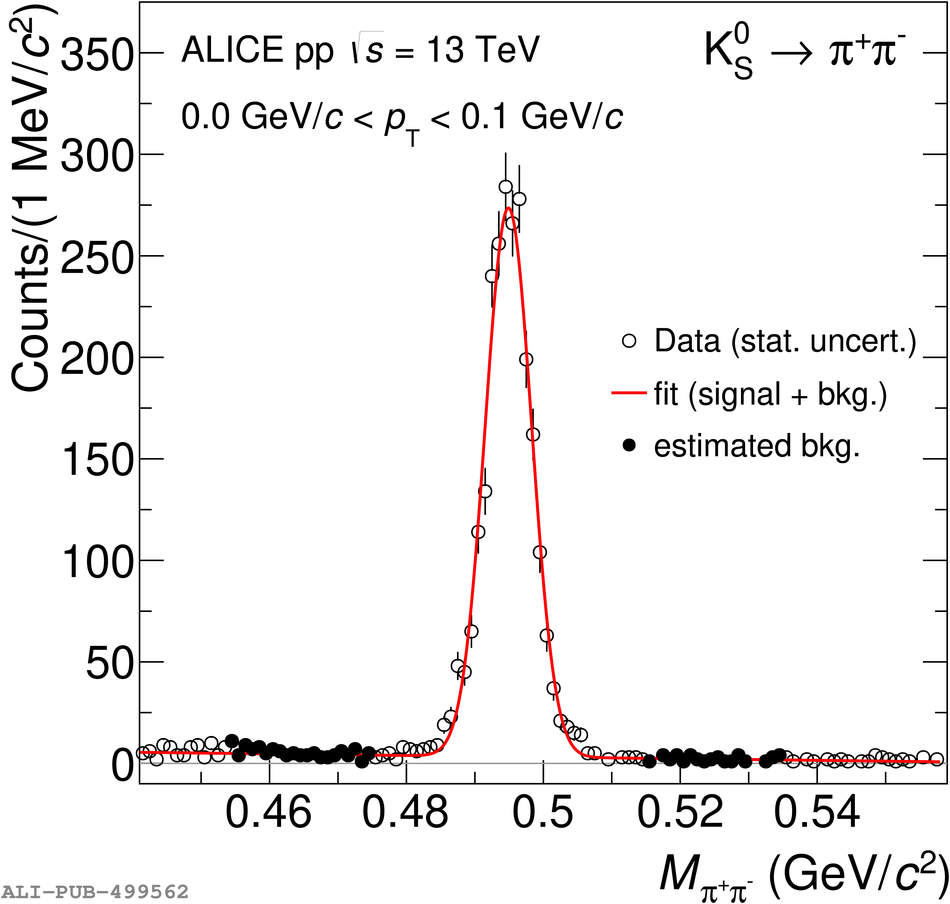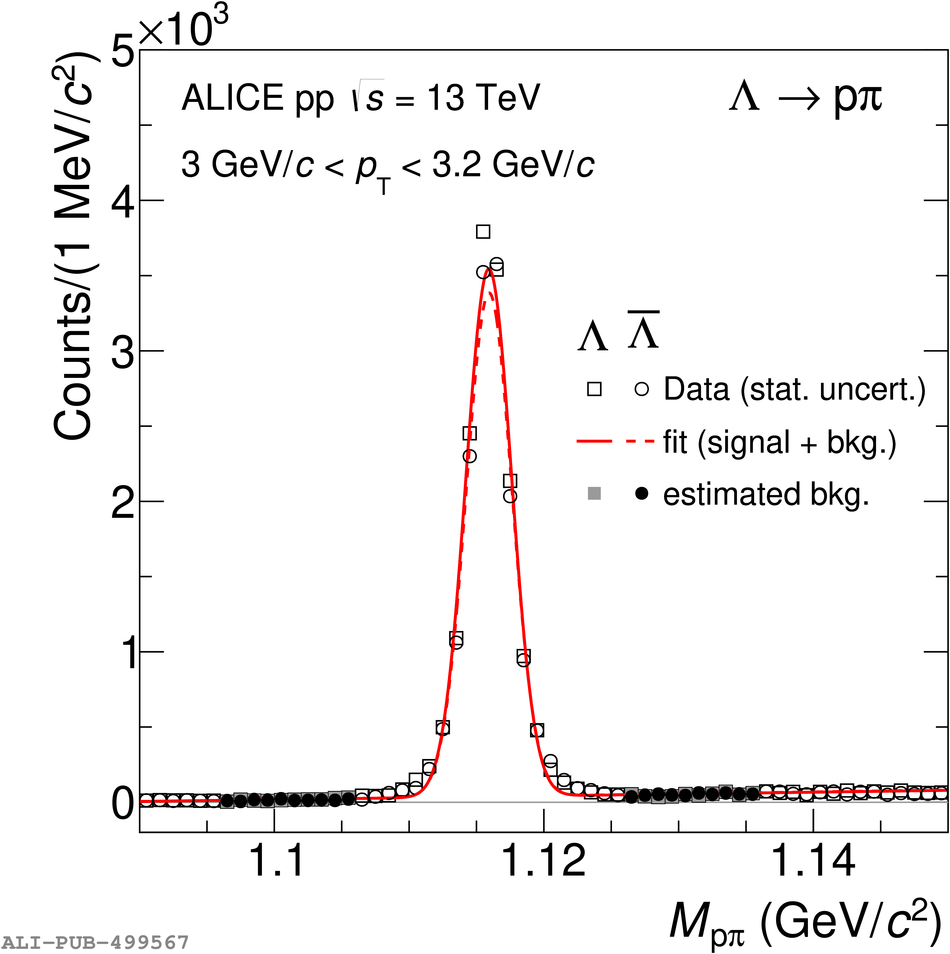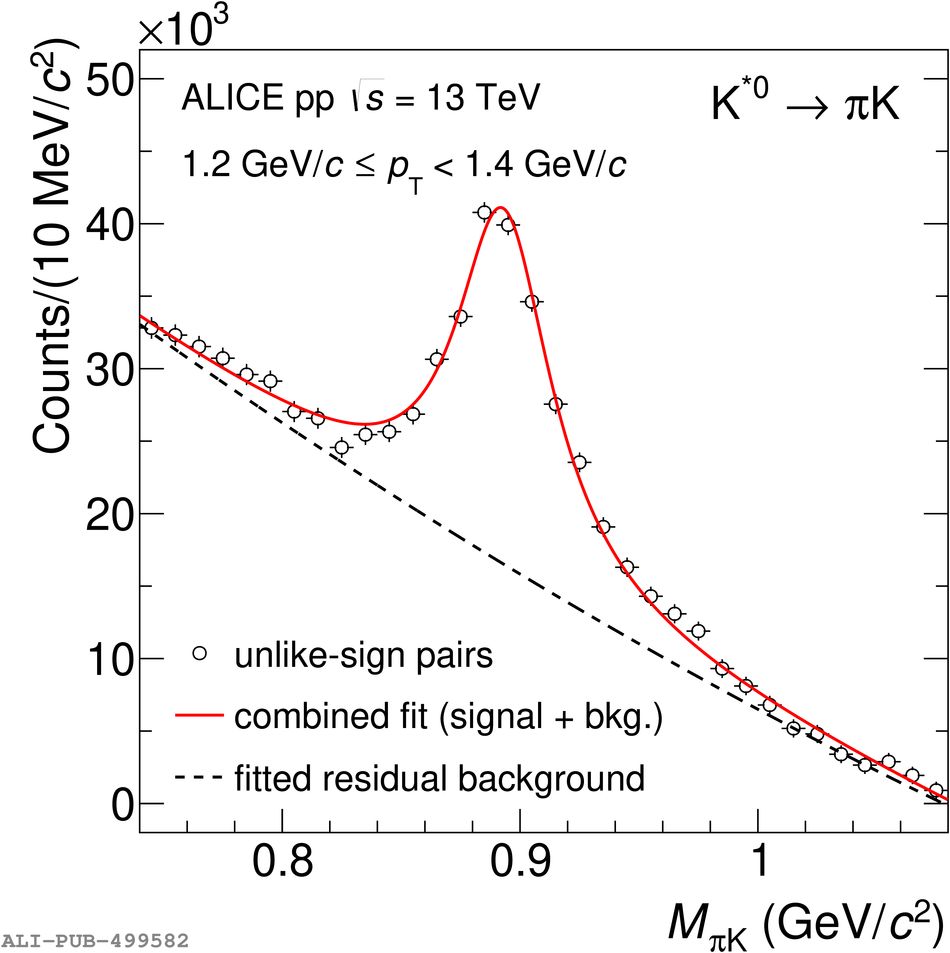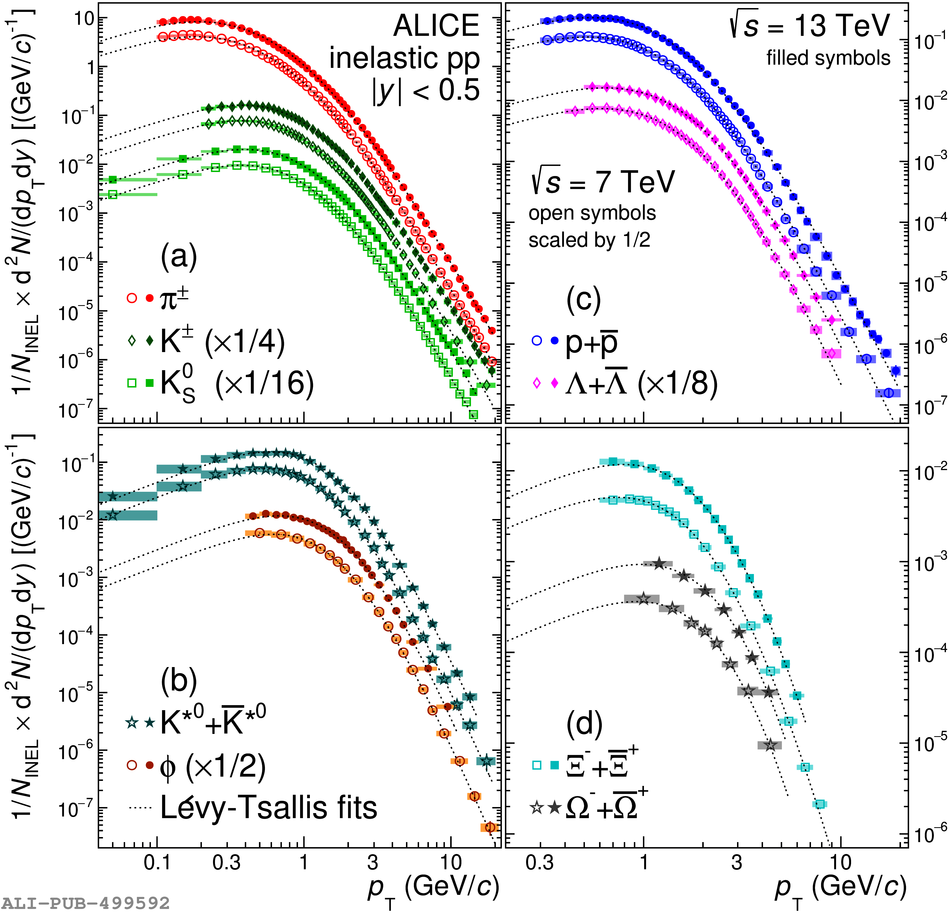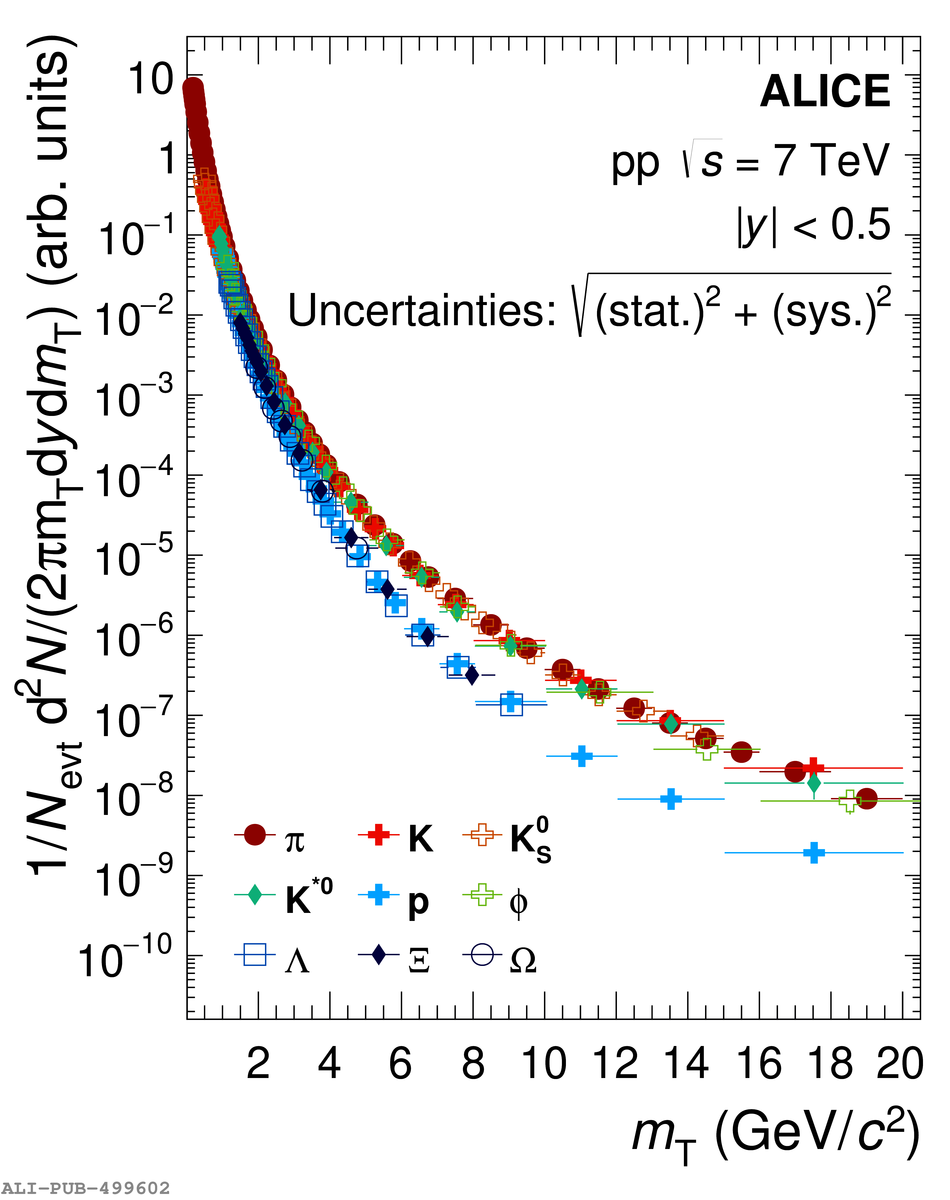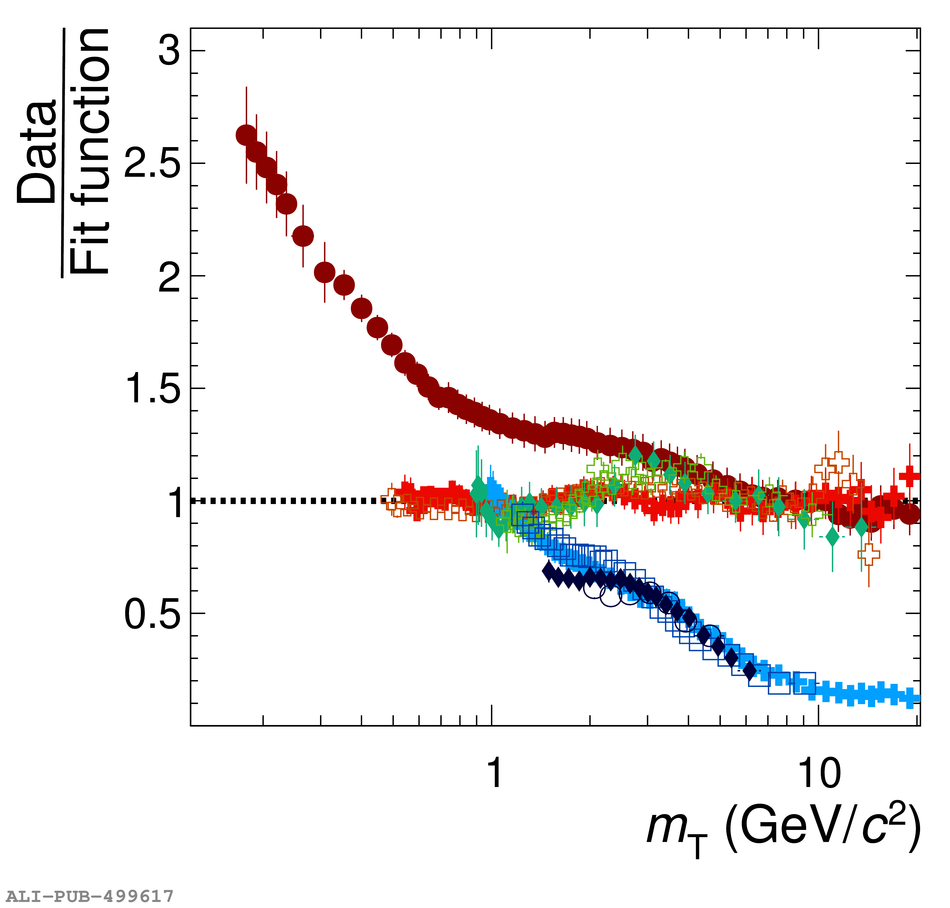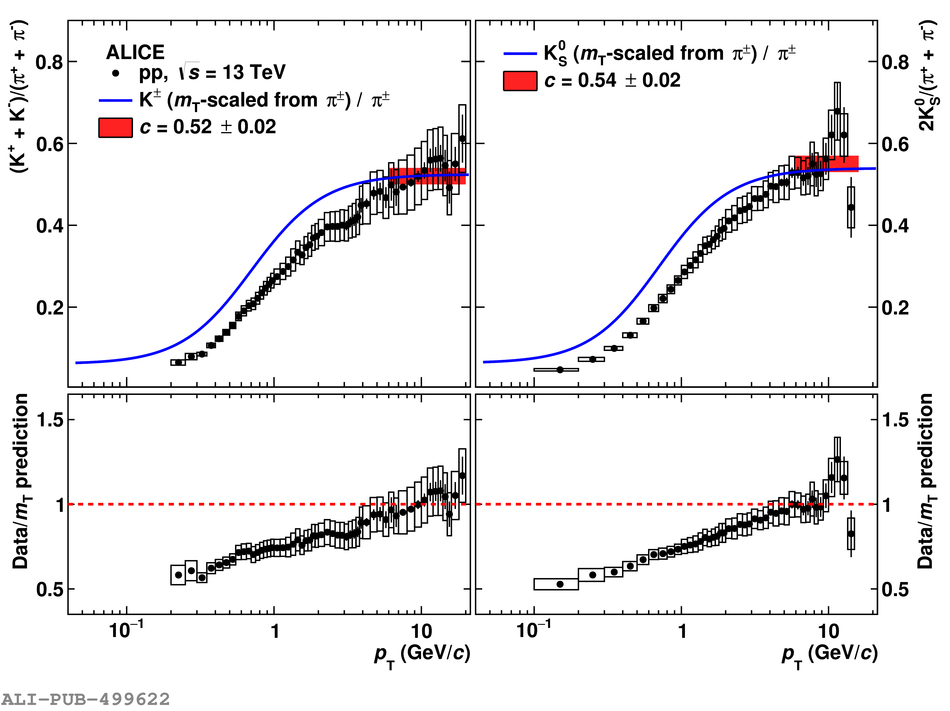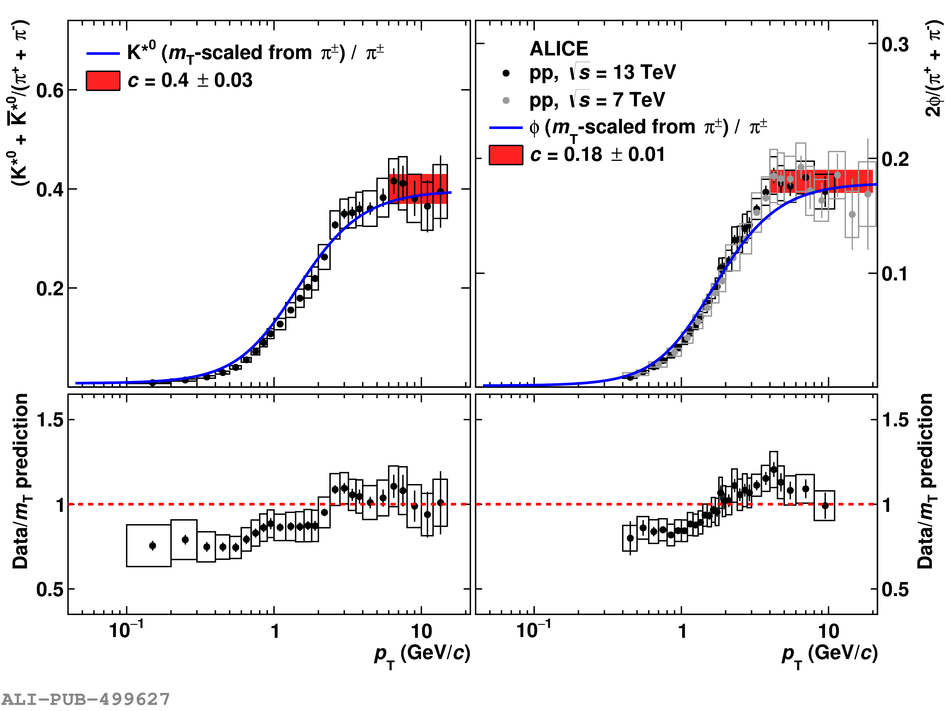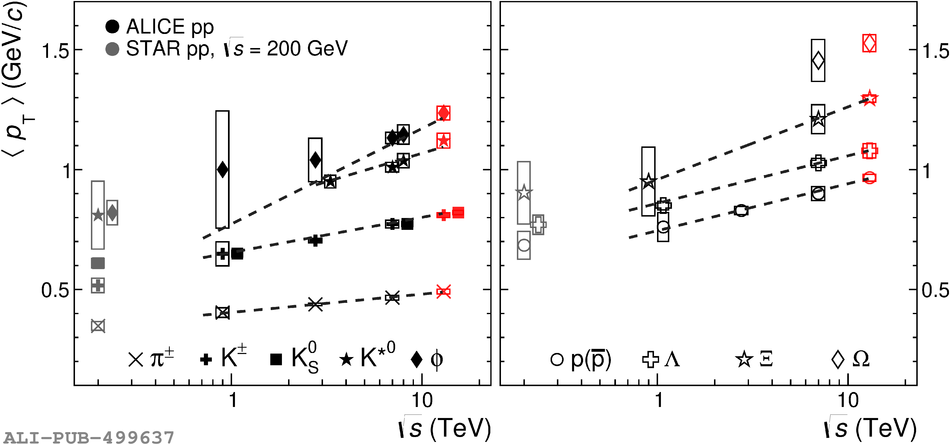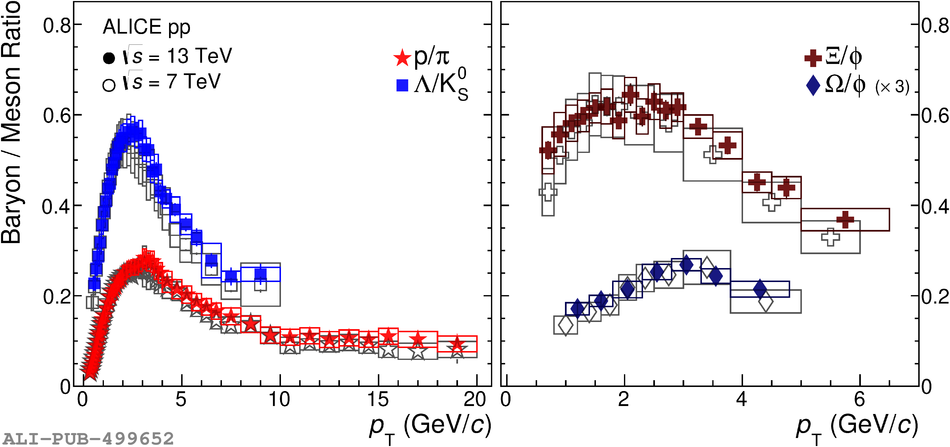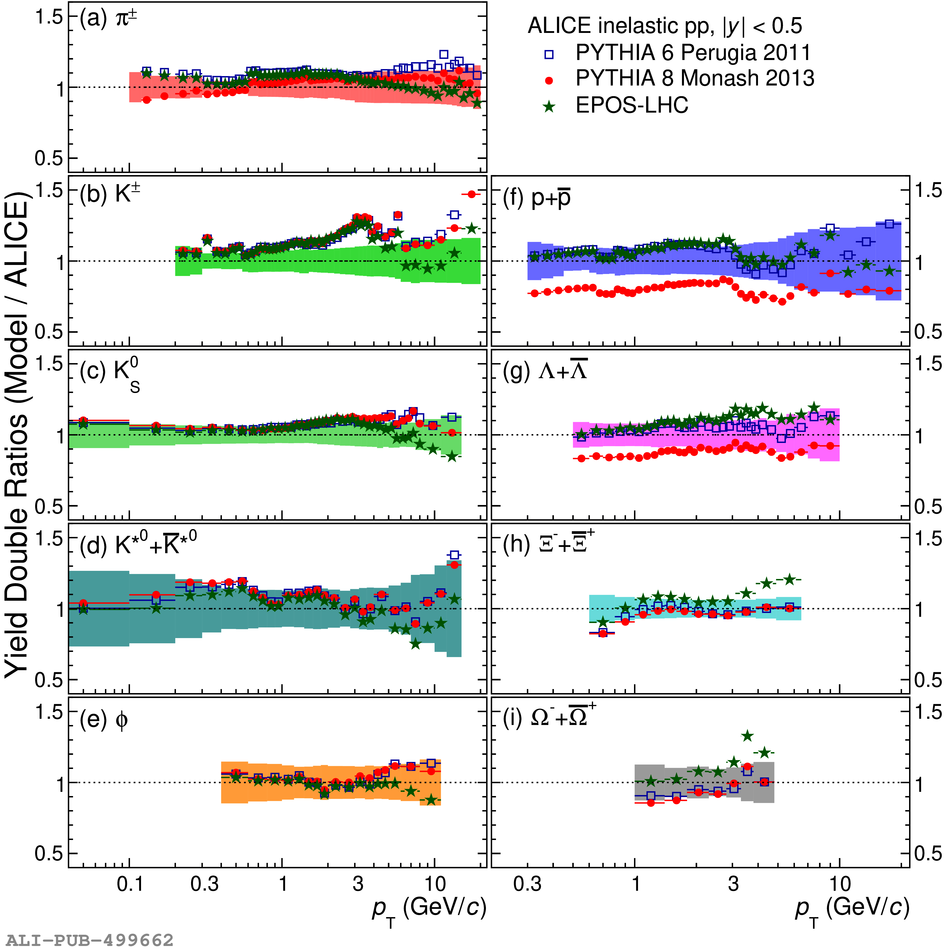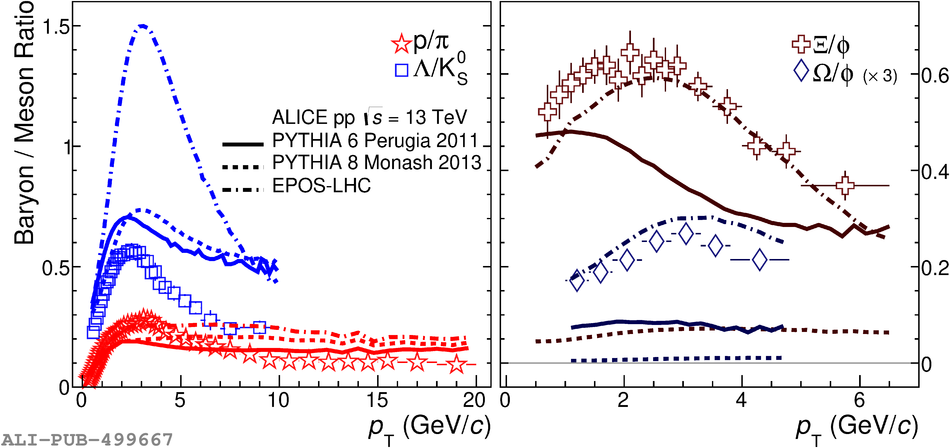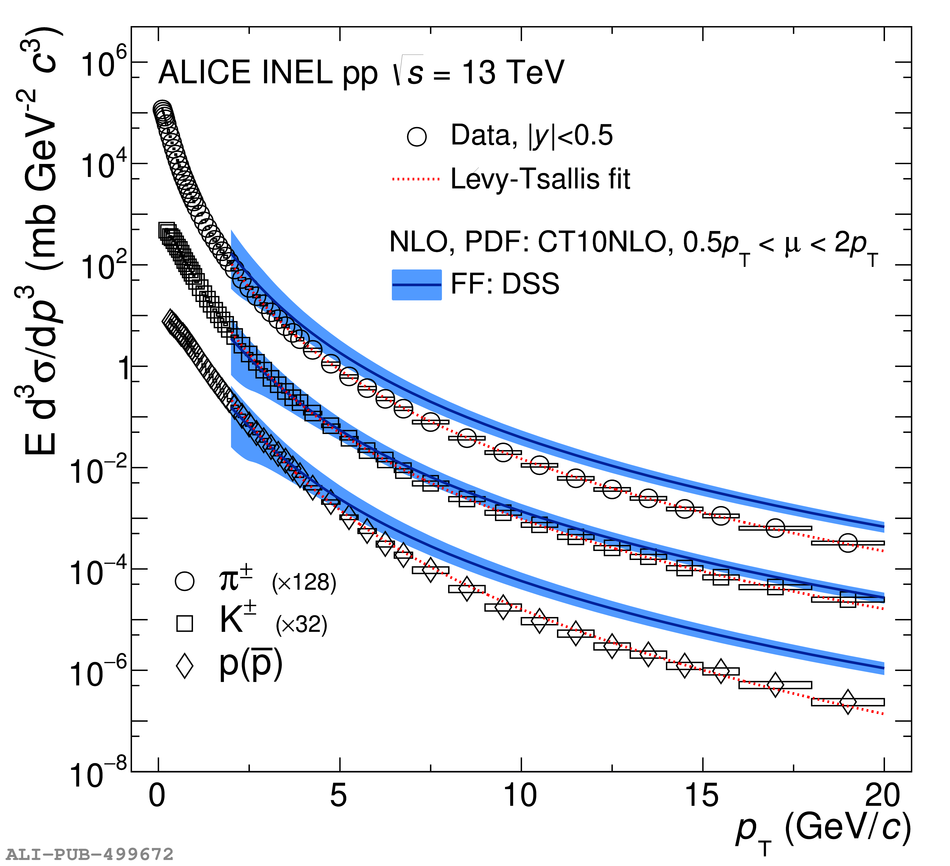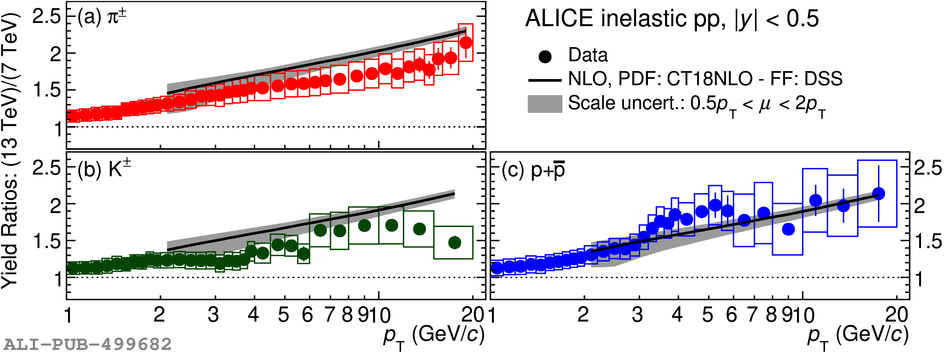The production of $\pi^{\pm}$, $\rm{K}^{\pm}$, $\rm{K}^{0}_{S}$, $\rm{K}^{*}(892)^{0}$, $\rm{p}$, $\phi(1020)$, $\Lambda$, $\Xi^{-}$, $\Omega^{-}$, and their antiparticles was measured in inelastic proton-proton (pp) collisions at a center-of-mass energy of $\sqrt{s}$ = 13 TeV at midrapidity ($|y|<~0.5$) as a function of transverse momentum ($p_{\rm{T}}$) using the ALICE detector at the CERN LHC. Furthermore, the single-particle $p_{\rm{T}}$ distributions of $\rm{K}^{0}_{S}$, $\Lambda$, and $\overline{\Lambda}$ in inelastic pp collisions at $\sqrt{s}$ = 7 TeV are reported here for the first time. The $p_{\rm{T}}$ distributions are studied at midrapidity within the transverse momentum range $0\leq p_{\rm{T}}\leq20$ GeV/$c$, depending on the particle species. The $p_{\rm{T}}$ spectra, integrated yields, and particle yield ratios are discussed as a function of collision energy and compared with measurements at lower $\sqrt{s}$ and with results from various general-purpose QCD-inspired Monte Carlo models. A hardening of the spectra at high $p_{\rm{T}}$ with increasing collision energy is observed, which is similar for all particle species under study. The transverse mass and $x_{\rm{T}}\equiv2p_{\rm{T}}/\sqrt{s}$ scaling properties of hadron production are also studied. As the collision energy increases from $\sqrt{s}$ = 7 to 13 TeV, the yields of non- and single-strange hadrons normalized to the pion yields remain approximately constant as a function of $\sqrt{s}$, while ratios for multi-strange hadrons indicate enhancements. The $p_{\rm{T}}$-differential cross sections of $\pi^{\pm}$, $\rm{K}^{\pm}$ and $\rm{p}$ ($\overline{\rm{p}}$) are compared with next-to-leading order perturbative QCD calculations, which are found to overestimate the cross sections for $\pi^{\pm}$ and $\rm{p}$ ($\overline{\rm{p}}$) at high $p_{\rm{T}}$.
Eur. Phys. J. C 81 (2021) 256
HEP Data
e-Print: arXiv:2005.11120 | PDF | inSPIRE
CERN-EP-2020-059

